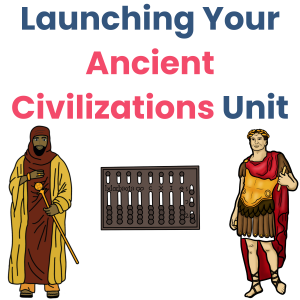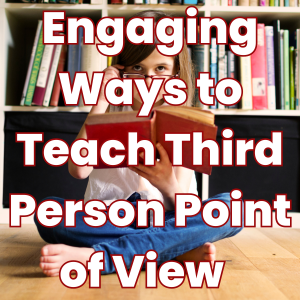Imagine this: You introduce an exciting new unit on Ancient Civilizations, expecting curiosity and engagement. Instead, you’re met with blank stares, distracted students, and the dreaded question—“Why do we even need to learn this?”
Sound familiar? Teaching history isn’t always easy—especially when students see it as just a bunch of dates and names instead of an exciting story about how people lived, ruled, and innovated. If you’ve ever struggled to keep students engaged, you’re not alone! But don’t worry—by avoiding these three common pitfalls, you can make Ancient Civilizations one of the most exciting units of the year.
Pitfall #1: Making History Feel Like a List of Facts
✅ The Problem: Many students struggle to connect with history when it’s presented as a series of isolated facts. If they’re simply memorizing names, dates, and events, they’re likely to forget them right after the test.
💡 The Fix: Turn history into a story! Use storytelling, inquiry-based learning, and role-playing to bring ancient societies to life. Instead of just reading about Egyptian pharaohs, have students imagine they are advisors to the king. Instead of listing facts about the Roman Empire, have students debate which Roman innovation had the greatest impact on the world today.
Engaging activities that allow students to explore, analyze, and interact with history can make a huge difference in retention and understanding. A great way to do this is by using a Google Slides presentation to frontload essential knowledge, giving students the background they need before diving into deeper discussions and activities.
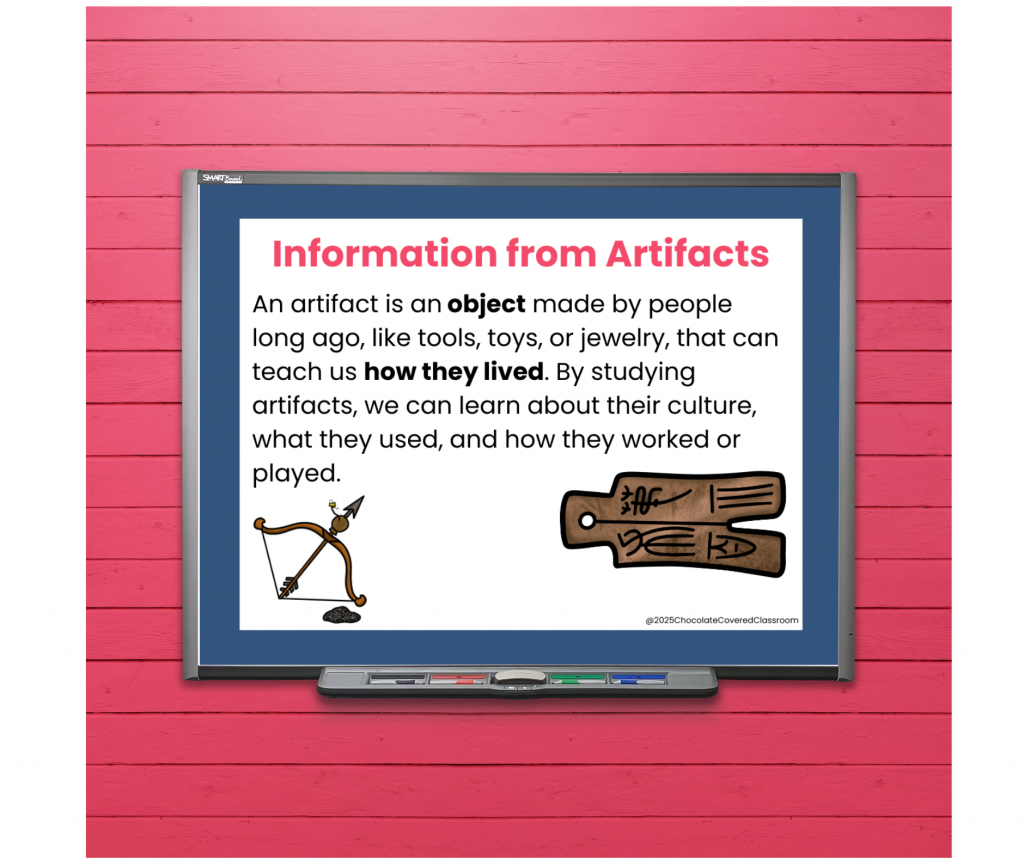
Pitfall #2: Teaching Civilizations in Isolation
✅ The Problem: It’s easy to teach Ancient Egypt, Greece, China, and Mesopotamia as separate units—but when students don’t see how these civilizations connect, they miss the bigger picture. They might know that the pyramids were built in Egypt, but do they understand why civilizations built monumental structures in the first place?
💡 The Fix: Use timelines, comparison charts, and thematic discussions to help students see patterns across civilizations. For example, all major civilizations developed near rivers—why? What can we learn from their approaches to government, trade, or architecture?
When students work with structured timeline activities and comparative analysis tools, they gain a deeper understanding of history as a whole and recognize the impact of ancient civilizations on modern society. Try incorporating a timeline race activity where students actively create and compare timelines of major events across different civilizations—it’s a fun and interactive way to help them see historical patterns!
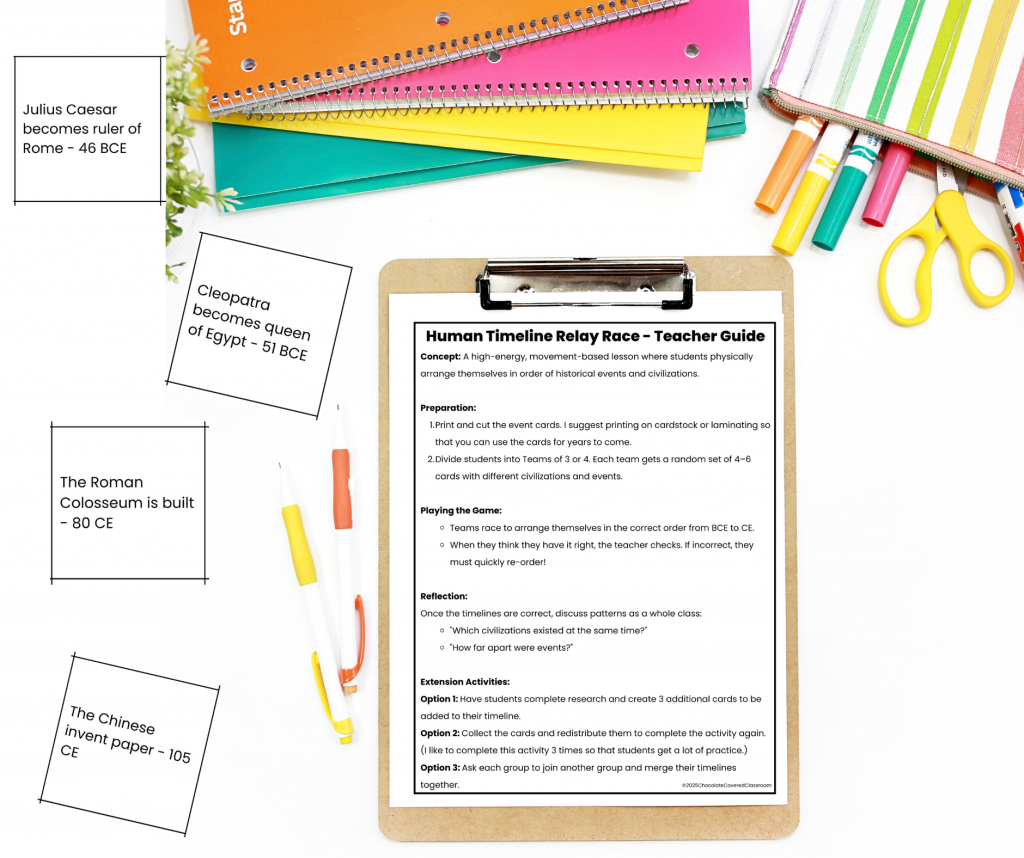
Pitfall #3: Relying Too Much on Passive Learning
✅ The Problem: When students passively absorb information from lectures or textbooks, they often disengage. Without hands-on learning, history can feel distant and irrelevant.
💡 The Fix: Incorporate active learning strategies like group discussions, research projects, and hands-on activities. Let students take ownership of their learning by allowing them to explore civilizations through interactive projects, debates, and problem-solving tasks.
A well-structured unit with engaging, hands-on activities ensures that students aren’t just learning about history—they’re experiencing it in meaningful ways. A project-based learning activity where students create artwork to represent how an ancient civilization told time is an excellent way to merge creativity with historical understanding, making the past feel more tangible.
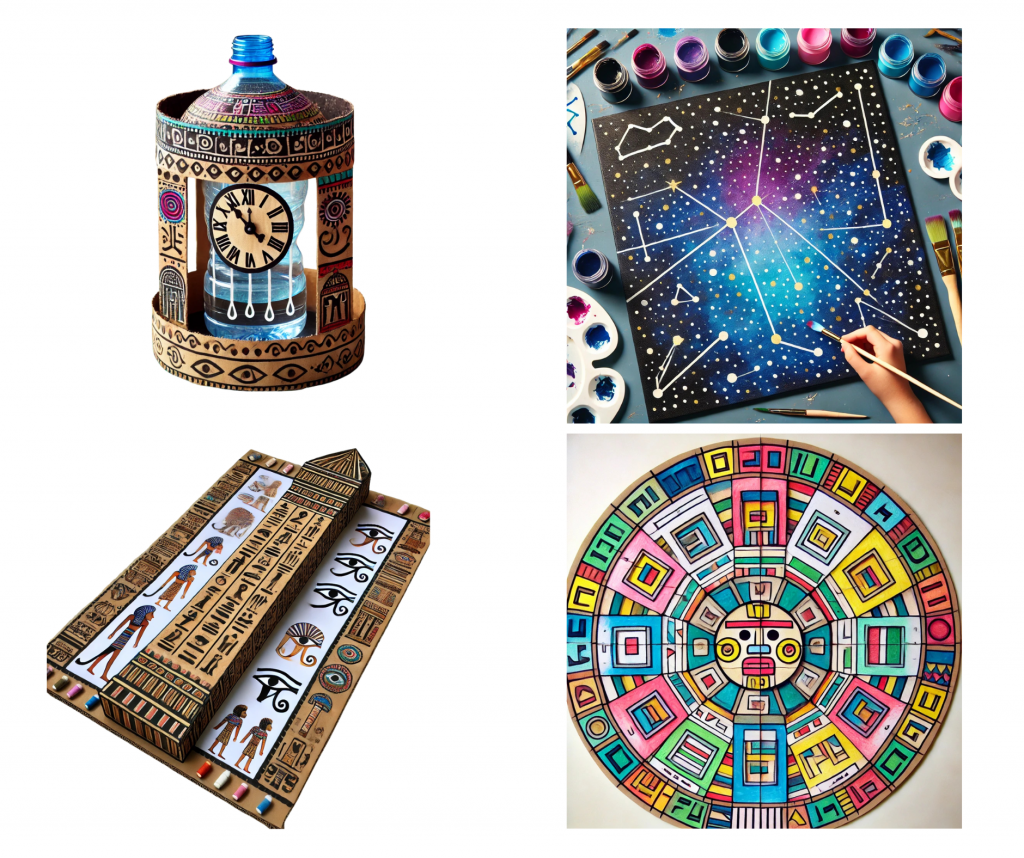
For even more ways to help students understand the connections between civilizations, check out this great post on the Geography of Ancient Civilizations. It dives into how geography shaped ancient societies and can be a great complement to your lessons!
Teaching Ancient Civilizations doesn’t have to be a struggle! By avoiding these common pitfalls—turning history into a story, making connections across civilizations, and encouraging active learning—you can transform your classroom into a dynamic and engaging place.
After incorporating these strategies, I noticed my students becoming more eager to discuss historical events, ask deeper questions, and naturally make connections between ancient and modern societies.
And the best part? You don’t have to do it alone. If you want ready-to-go activities that make teaching Ancient Civilizations easier and more engaging, check out this bundle designed to help students truly connect with history.

📥 Grab your copy today and bring the past to life in your classroom!

